Buying Meat 101
On May 10, 2023
This post may contain affiliate links. Please read our disclosure policy.
Good BBQ comes from purchasing good meat. It isn’t always easy to decide what to buy from the grocery store, but this post will help you feel confident in purchasing the right meat for whatever you have planned.
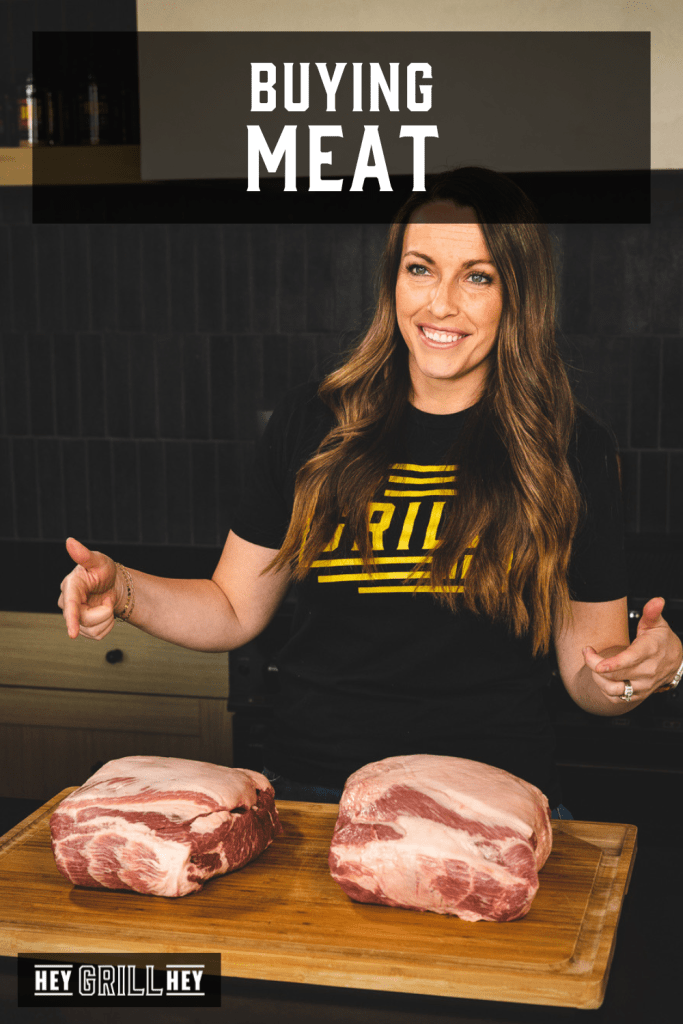
Decoding the Label: Beef
So you’ve got a BBQ coming up this week? It’s time to go shopping! Let’s chat about buying the best meat, and learning to read the label.
- Sell by dates. First up, always check the sell by dates on the label. Always, ALWAYS grab the freshest meat with the latest sell by date.
- Country of origin. Only purchase meat with a country of origin on the label. Without this, you don’t actually know where your meat is coming from. It’s always best to know where your meat came from!
- Check the color. The lights at the meat counter are different from the rest of the store and your lights at home. In order to get a more accurate view of what your meat looks like (including color), snag the meat from the case and look at it under the store lights instead of the bright lights in the counter. Fresh meat is a bright red color, older meat begins to brown.
Regulated Terms
Regulated terms provide you with real, accurate information about the meat you are buying. Manufacturers cannot simply slap these terms on their label without approval from the USDA. There are a plethora of these terms, but let’s cover some of the most common ones here:
- Certified. This indicates the USDA has evaluated the meat for grade, class, and other characteristics.
- Free Range. Animals have been allowed access outside to roam freely vs. being kept inside 24 hours per day.
- Grain-Fed. Beef cattle are fed diets that contain grain.
- Hormone-Free/No Hormones. No hormones were used in the raising of these animals.
- Kosher. These products have been prepared under rabbinical supervision.
- Natural. No artificial ingredients or colors have been added. The label MUST include a statement explaining the meaning (e.g. “no artificial ingredients” or “minimally processed.”)
- Organic. USDA regulated standard means the meat that you’re purchasing wasn’t given additional antibiotics or growth hormones in addition to the animals eating organic feed.
Unregulated Terms
These terms are not regulated, and are used as marketing terms to sell the meat. You cannot rely on these to make informed decisions on the meat you are buying. They
your meat was processed or what it ate. These may include the following:
- 100%
- All Natural
- Fancy/Fine/Special
- Grade-A
- Premium
- Quality
- Superior
Grades of Beef
Beef is graded based on fat content. The better the grade, the better your steak will taste. Bottom line: the more intramuscular fat and marbling in your steak, the more flavor.
- Prime. This cut will have more fat marbling which means more flavor and juiciness than other grades. You might need to go to a specialty store to find a prime steak, and it’ll cost you a pretty penny as well.
- Choice. This is a decent mid-grade option and is higher-end for most grocery store butchers. It’s pricier than Select, but the meat is of a better quality.
- Select. Contains the least amount of fat and marbling. This steak will be the most common in grocery stores. It’s the least tender, but it will be the most affordable.
Other types of beef you might encounter in the store include the following:
- Certified Angus Beef. Angus beef is a breed of cattle and it is marketed as its own grade. It’s often marketed as better than Prime.
- Wagyu. This is a delicious American crossbreed with Japanese Kobe cattle. These cows are bred for incredible marbling and buttery soft flavor. They are top-of-the-line cuts of beef, and they are some of the most expensive cuts available.
Decoding the Label: Pork
Selecting Pork
Unfortunately, unlike beef, there is not standard pork grading system in place to help you select your pork from the meat counter. In order to select the best pork from the grocery store, you’re going to have to let your eyes be the judge. Here are a couple of things to look for when selecting pork:
- Color. Where possible, select a rich, red cut of pork over a pale pink/gray cut. Large cuts, like the shoulder or ribs will come in a dark, red-purplish color. Leaner cuts come in a nice pink color. When it doubt, compare each cut to the same ones in the counter to find the one with the best color.
- Marbling. Just like with beef, fat=flavor, so the more marbling you can find in your cut of pork the tastier it will be. Select pork that has plenty of fat striations throughout the muscle for the pork with the best flavor.
Heritage Breeds
If you want to purchase pork that you know will be full of good marbling and plenty of flavor, buying a heritage breed of pork is a great option for you. These guys are bred specifically for their marbling, tenderness, and flavor. As these breeds of pork gain in popularity, you might even be able to find them in your meat case at your local grocery store.
If you don’t see this in the case, ask your butcher if he can get you a heritage breed. They all have different names, but try asking for Mangalitsa, Hereford, Berkshire, Duroc, Red Wattle, Tamworth, or Kurobota. If your butcher can’t locate any of this pork, you can likely find some online.
Decoding the Label: Chicken
Regulations on Chicken
Similar to pork, there isn’t a grading system in place for chicken, so it can be difficult to know what to select at the store. Rather, most labels will tell you the following:
- How the chicken was raised. This includes information about living situations for the chicken (was it kept in a cage or allowed to roam), what it was fed (grain or was it allowed to free-range).
- How the chicken was processed. Most chicken is processed and flashed frozen then sent to the grocery store. These are then placed out in the counter to defrost. If you want to avoid purchasing a frozen chicken, look for labels that say “never frozen” or “air chilled.” Keep in mind these will be more expensive.
In my experience, I find that the more “natural” forms of chicken in grocery stores taste better and have less yellow fat under the skin. If you can splurge a bit, purchase a more natural chicken. It’ll make for a better-tasting smoked or grilled chicken.
Understanding Cuts of Meat
There are hundreds of recipes you can cook with meat. let’s cover some of the basics.
When you’re at the meat counter not sure what to snag for dinner, simply shop from the top of the counter to the bottom. The thinner cuts on the top are best used for hot and fast grilling. The lower you get in the meat counter, the bigger the cuts. Bigger cuts are better for low and slow smoking and grilling. Think: whole fryer chickens, pork ribs, roasts, etc.
The thinner cuts of meat you’re likely to find on the top shelf at the meat counter include:
- Beef: Sirloin, Tender Top, and Center Cut
- Pork: Pork Chops, Cutlets, and Tenderloin
- Chicken: Breasts, Drumsticks, and Thighs
Thicker cuts towards the bottom of the case that require a low and slow cooking method are:
- Beef: Tenderloin, Chuck Roast, and Porterhouse
- Pork: Ribs, Loin Chops, Ham
- Chicken: Whole Chicken
Tips for Shopping at Chain Grocery Stores
I understand that most folks are likely to head to big chain grocery stores to purchase their meat. This is perfectly fine and is convenient and budget-friendly. If you don’t have access to a good butcher or specialty meat sore, grocery stores are a good option. If you do choose to purchase pre-packaged meat from the grocery store, remember to read the labels as specified in the previous lessons.
For a more personal experience, I highly recommend going to the meat counter for special requests. There are many ways to take advantage of the person behind the meat counter, and you’ll be surprised how much they can personalize your meat shopping experience.
- Make special requests. Ask for the butcher to cut down a roast into thin slices for making your own beef jerky.
- Take advantage of deals. If you know of any special case pricing, order in bulk for those occasions when you have a large crowd to feed. This is a great way to save money when preparing food for game day, weddings, or other special events.
- Get personalized ground meats. Snag a large roast from the pre-packaged area and ask them to grind it up for your own personalized, fresh ground meat.
- Be aware of loss leaders. A loss leader is when a product is sold at price below its market cost. When you see a cost drop on your favorite cuts, head in and stock up on those for later use. You’ll save a serious amount of cash!
Meat Buying Red Flags
There are two things I try to avoid when shopping at the grocery store for meat:
- Seasoned or marinated meat. These are often cuts that are past their prime, so the butcher wanted to extend their life by seasoning or marinating the meat. If you know your butcher well, these may be trustworthy after all.
- Ground beef. Most folks buy ground beef without knowing where it comes from. Make sure you know exactly where the beef is coming from (review the decoding the label lesson on beef for this). You can also grab a whole muscle and ground it fresh. Avoid purchasing those giant tubes of ground beef. You actually don’t know what’s in there!
Best Place to Buy Meat
Aside from the grocery store, there are many other places you can buy meat. No matter where you live, turn to your community to find the best meat for your needs. Search out a local butcher, seek out ranchers in your state who might become a great source of fresh meat, and see what your community has to offer you.
- Smaller retailers. These provide you with meat directly from the producer. We use a service from Felton Angus Beef. This meat is shipped directly from their ranch in Montana. If you’re interested in purchasing meat from a small retailer, check out the website www.eatwild.com.
- Mail order companies. When you’re looking for something a little more hands-off, a larger retailer can still provide you with delicious meat without that highly personalized relationship. These include ButcherBox, Crowd Cow, or Porter Road. My only caution with these companies is they don’t always label the country of origin on their meats, and many have been importing meat from overseas.
- Local producers. A quick online search can help you find local producers in your state or area. You can also look for local 4H clubs or going to your state fair to find out who is growing meat for sale. No matter where you live, turn to your community to find the best meat for your needs. Search out a local butcher, seek out ranchers in your state who might become a great source of fresh meat, and see what your community has to offer you.
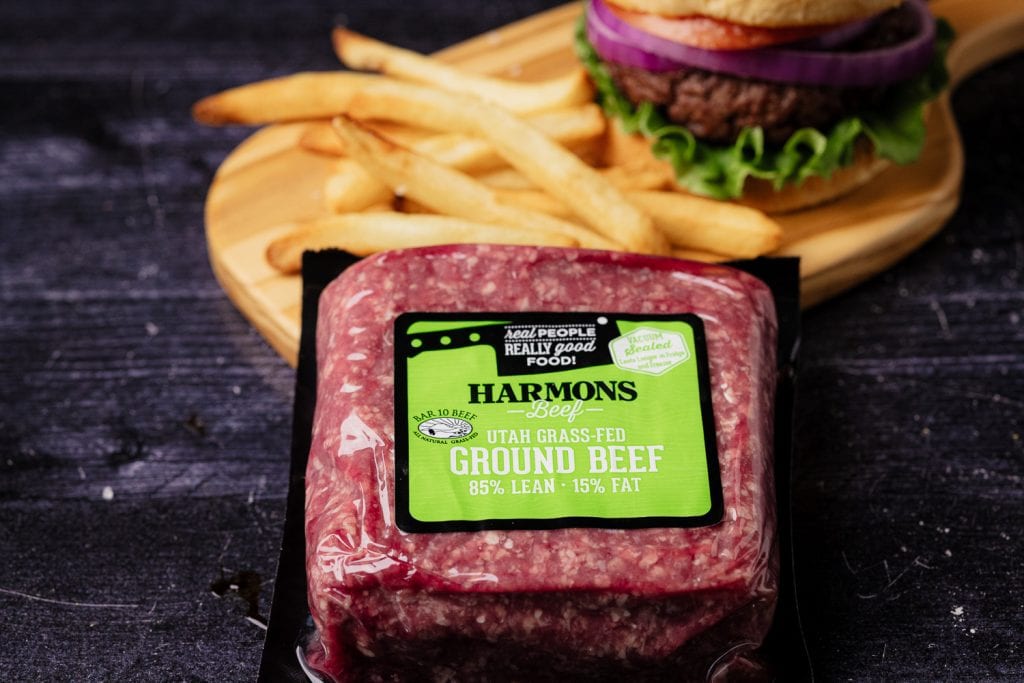
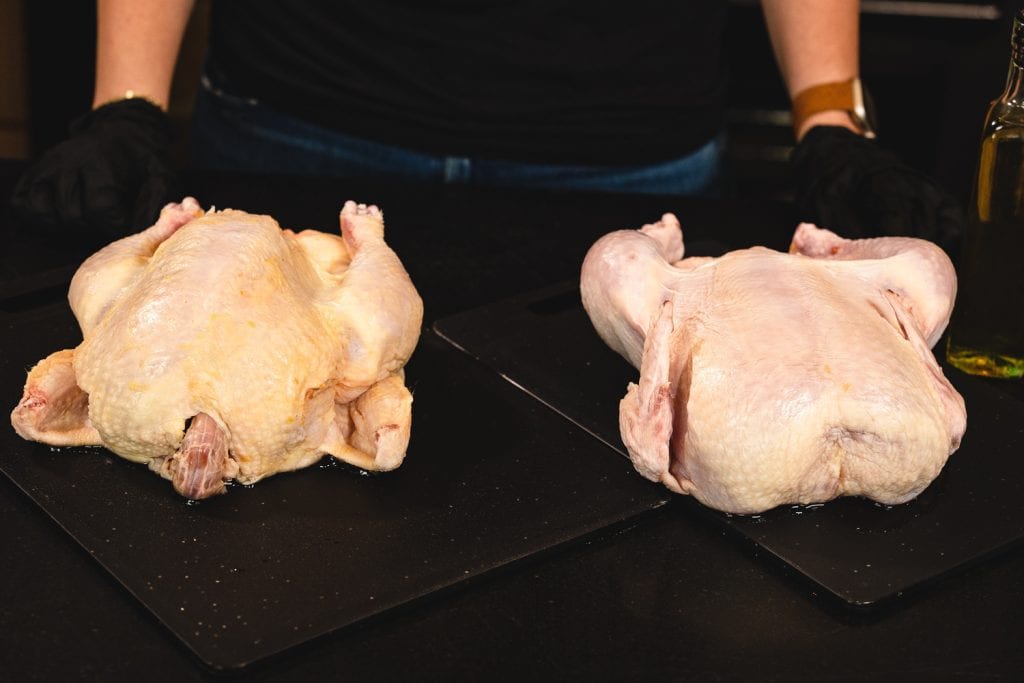
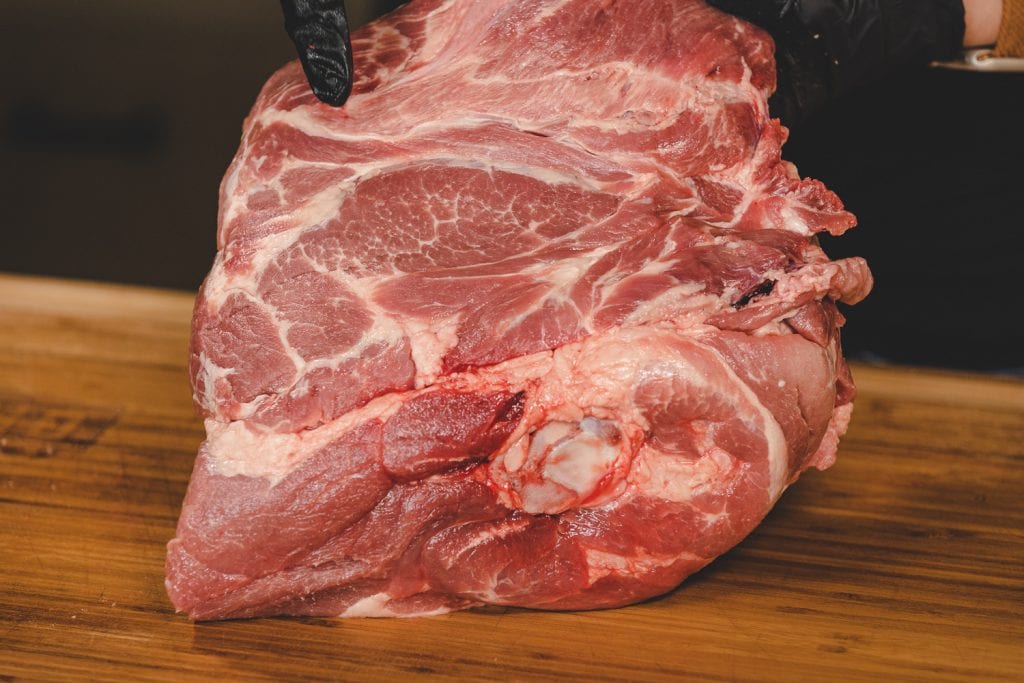
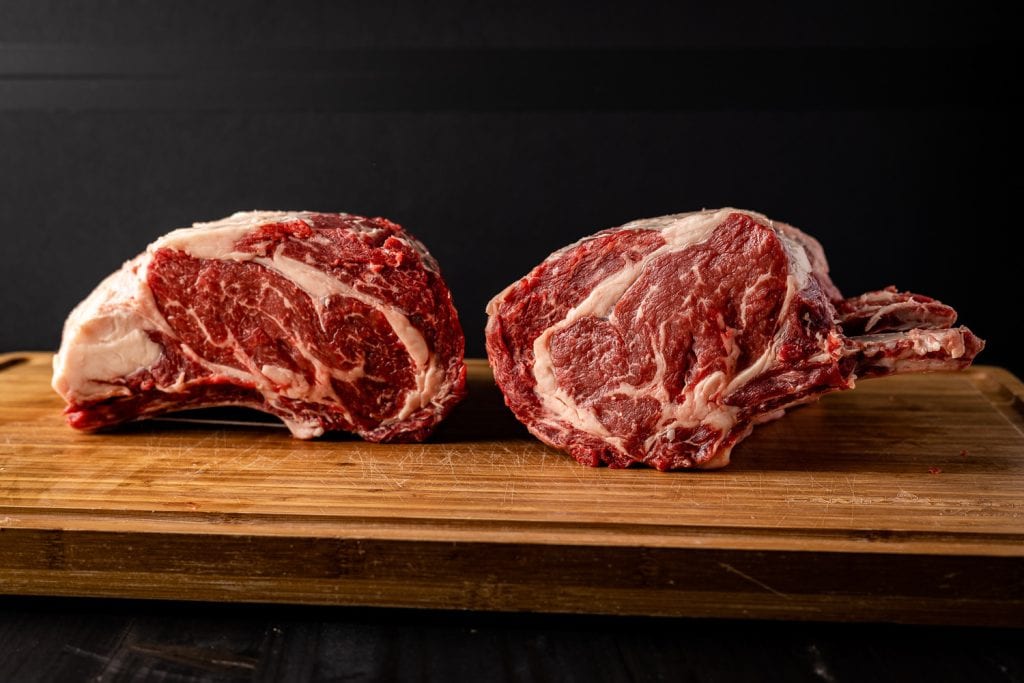

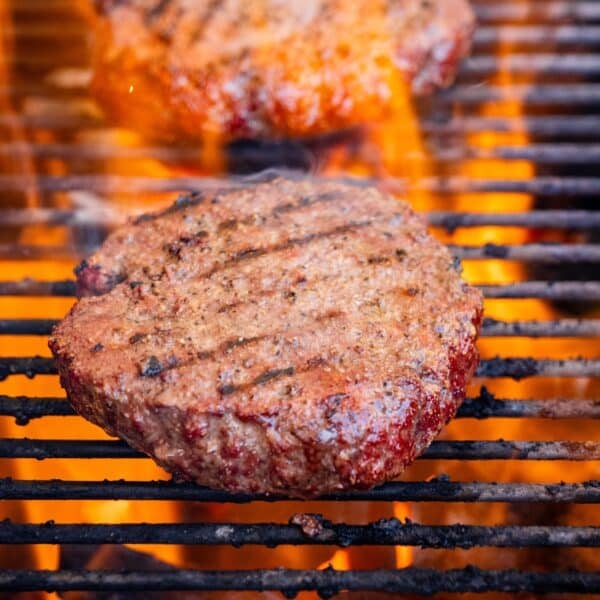

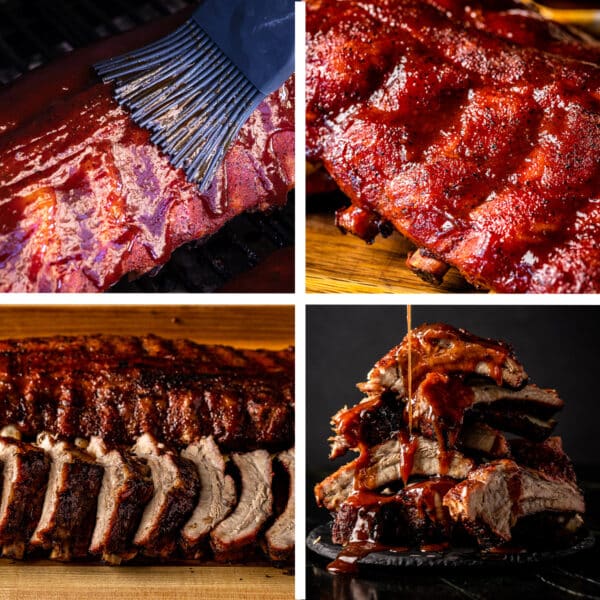
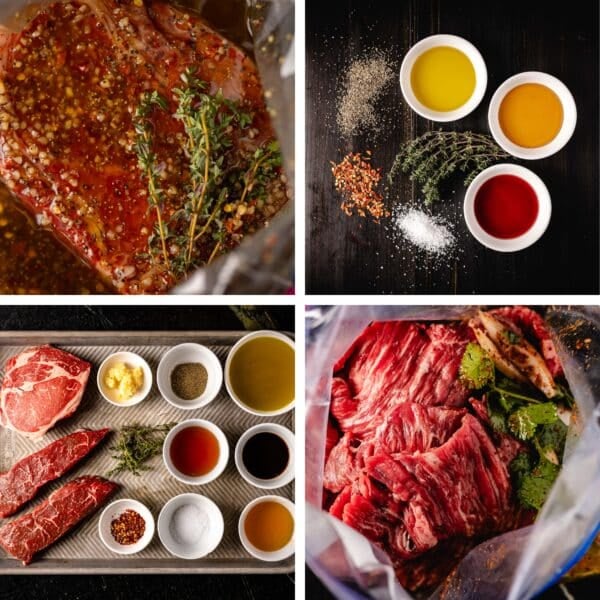





Nice info. Too many pop up ads
I find local farmers markets are a great place to by as well.
thanks for your professionalism and commitment .
Very informative
Very informative.